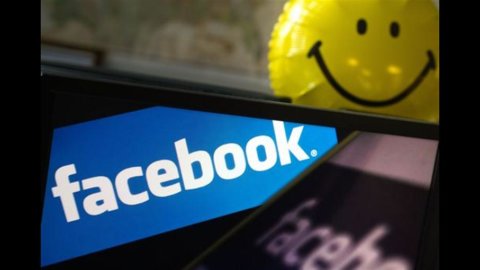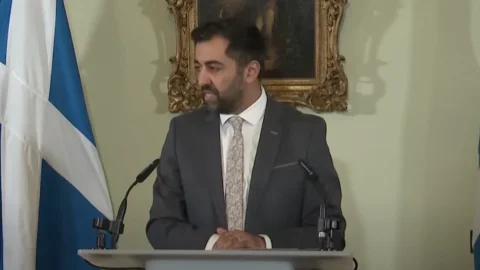There is the app that churns out the personalized diet, the one that monitors sleep and the one that detects the heart rate. Health apps are now a rapidly expanding reality: from a niche for sportsmen to a new frontier for the "digitalised" average. A trend born in California in the wake of the Quantified Self movement which aims to raise awareness of one's lifestyle through the measurement of daily activities that affect well-being. For example, the Californian Jawbone has launched the famous Up bracelet, which uses sensors to monitor our daily activity (number of steps taken during the day, the goal is 10 according to WHO indications; and quality of sleep) and warns us if we are too stop. The company Azumio, address Palo Alto, has invented Argus which collects monitoring of sleep, diet, biological data (such as blood pressure and heart rate) in a single smartphone application. But also the young Italian start uppers have entered the game. Born from the incubator of the Politecnico di Milano PoliHub, the Empatica start-up produces a bracelet that measures, among other things, heart rate and skin and environmental temperature, interpreting physiological parameters to derive the user's emotional states. Objective: to measure people's emotions during every moment of life to improve their quality of life.
Smartphones and applications, thanks to integrated sensors, have now transformed into doctors and personal trainers and are revolutionizing people's relationship with health (as well as having opened up new possibilities in the world of technologies to support disabilities, the Make a Cube incubator discusses it at the Tech4ability conference on 6 May, Milan, via Ampère 61/a at 16 pm). However, there are risks of this new frontier: from do-it-yourself treatments to those who, after addiction to Facebook and Twitter, switch to the addiction of the "hypochondriac", frantically consulting parameters and diagnoses. Whether it's a Like on Facebook or fine-tuning one's diet, the stress of too much technology risks undermining our well-being rather than improving our lives. That's why the thirty-six-year-old Tommaso Martelli, a professional in the world of digital communication, has instead thought of an app to detox from the internet. In other words, a system that "obliges" to disconnect from the network. This is how iDon't was born: an app which, thanks to an evaluation questionnaire on our degree of addiction, at a certain point blocks all the applications on our phone, leaving us free to use only email, telephone and text messages, until the stroke of midnight .
And there are those who have instead transformed the continuous and frenetic contact with mobile phones into something useful. "Hacking" all day on Facebook, Candy Crush and Whatsapp, could in this case even save our lives. A young designer from Monza, Ettore Giordano, also a graduate of the Milan Polytechnic, has launched the Hearty: a smartphone cover capable of "dialoguing" with our body and with the smartphone, "jumping into action" in an emergency. Developed together with the start-up Biocubica (by three young biomedical engineers: Caterina Salito, Dario Bovio, Barbara Uva), the cover is able to understand thanks to integrated sensors if a heart attack or epileptic seizure is occurring and is able to start a call to the emergency center communicating position and physical status. The cover is also able to warn us after a long exposure to sunlight or if the environment in which it lives is too dry or too humid. Today there are working prototypes and the goal is to find the funding to get to the production of the devices. Giordano, who has already been contacted by various companies, has launched a crowdfunding campaign on Indiegogo: a target of 125 thousand dollars according to the "all or nothing" formula, if the pre-set budget is not reached, the funds will automatically return to the lenders (there is time until May 6 for stick).
An idea that also winks at sustainability, which has largely made the fortune, for example, also of the Phonebloks project, the smartphone that can be assembled like Lego according to one's needs created by designer Dave Hakkens whose video on Last September Youtube became a viral phenomenon on the net: the mobile phone is not thrown away but is reassembled each time with different modules according to individual needs. Faced with the proliferation of smartphones with integrated sensors and apps, Giordano's idea of a mobile phone cover also aims to respond to the increasingly felt need in the hi-tech world for "sustainable", recyclable solutions to reduce the amount of technological waste that the ever faster consumption of technologies is creating (the cover sensors do not die with the smartphone but can be transferred to the new phone).





